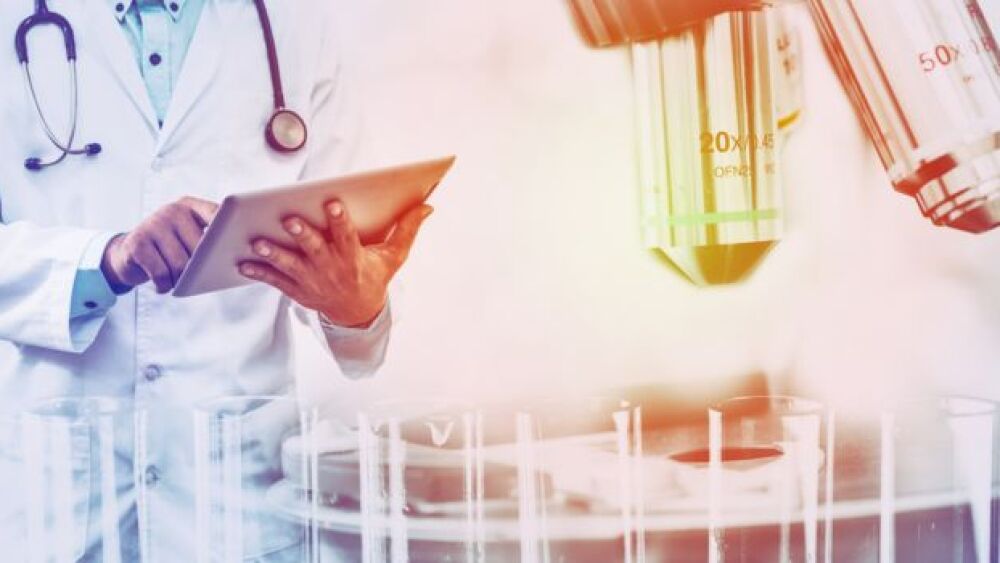NEW YORK (Reuters Health) - A mutation in a widely expressed calcium channel gene appears to be responsible for a novel multisystem disorder -- Timothy syndrome -- characterized by lethal arrhythmias and autism, according to a report in the October 1st issue of Cell.
The mutation results in continuous calcium inward transport through the cardiac L-type calcium channel (Ca-v1.2), suggesting that it may be possible to treat features of the syndrome with calcium channel blocker therapy, lead author Dr. Igor Splawski, at Harvard Medical School in Boston, and his associates suggest.
The team has been working with children with Timothy syndrome since 1989, Dr. Splawski told Reuters Health. Of 17 cases he has seen, 10 died at an average age of 2.5 years. With treatment for the arrhythmias, though, some of the children have survived, and one is still alive at age 20.
Apart from arrhythmias, features of the syndrome include syndactyly, congenital heart disease, immune deficiency, abnormal teeth and intermittent hypoglycemia.
Among affected patients who have survived past infancy, the researchers also observed impairments in language skills, motor function and cognition. Of five formally evaluated for autism, “three met the criteria for this disorder, one met criteria for autism spectrum disorders, and one had severe delays in language development,” the authors write.
Genotype analysis of specimens from 13 children showed that in every case there was an identical, de novo Ca-v1.2 missense mutation in which glycine was substituted for arginine at residue 406 of exon 8A.
The mutant channels appear to have lost voltage-dependent calcium ion current inactivation, the authors note in their report, resulting in maintained inward calcium currents. Based on this finding, the researchers hope that these children will benefit from treatment with calcium channel blockers.
It may even be, they suggest, that abnormal calcium signaling is generally involved in autism. It’s not likely that this particular mutation is common to most children with autistic spectrum disorders, Dr. Splawski said, because they do not have the other characteristics of this phenotype.
“But it is possible that other mutations in the same gene or similar genes may be associated with nonsyndromic autism,” he added.
Source: Cell 2004;119:19-31. [ Google search on this article ]
MeSH Headings:Ion Channels: Membrane Glycoproteins: Membrane Proteins: Calcium ChannelsCopyright © 2002 Reuters Limited. All rights reserved. Republication or redistribution of Reuters content, including by framing or similar means, is expressly prohibited without the prior written consent of Reuters. Reuters shall not be liable for any errors or delays in the content, or for any actions taken in reliance thereon. Reuters and the Reuters sphere logo are registered trademarks and trademarks of the Reuters group of companies around the world.




